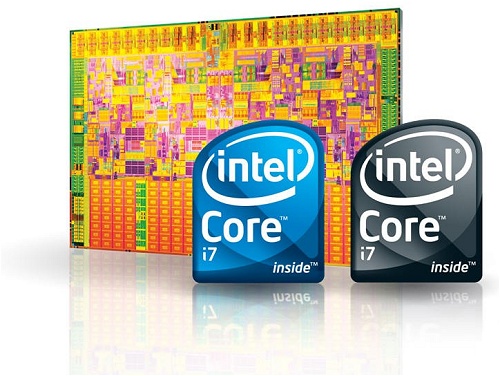Today marks the release of Intel's latest and greatest processor architecture to date.
For the past two years Intel has dominated the CPU market with their Core 2 processors, reaping havoc on AMD's Athlon and Phenom products. Yet despite of this significant dominance, Intel will be pushing the Core 2 aside and make room for the new Core i7 processor series.
When you consider that the Pentium 4 lived on for roughly four years, it'd seem almost criminal to be axing the Core 2's lead so early, especially considering the success that the Core 2 has been. While the Pentium 4 often played second best to AMD's Athlon64 range, today AMD is finding itself in hot water, and we can't even begin to imagine what will happen now with the Core i7 introduction taking place today.

It's becoming quite evident that Intel is enjoying being on top of their game, and the Core i7 should ensure that they stay this way for some time to come.
Today we will be introducing you to three new Core i7 processors based on the new Intel Nehalem microarchitecture, each featuring 4-cores and operating in the 2.66 to 3.20GHz range. Like the Core 2 family, these new processors feature model numbers, designed to keep things simple.
Initially Intel is releasing just three processors, one of which is an Extreme Edition version.
The Core i7 965 Extreme Edition runs at 3.20GHz and features a QPI (QuickPath Interface) throughput of 6.4GT/s, which is the key difference here. The mainstream versions of the processor include the Core i7 920 and 940, clocked at 2.66GHz and 2.93GHz, respectively. These more affordable processors feature a QPI throughput of just 4.8GT/s, so it will be interesting to discover what kind of impact this has on performance.
As we move along, we will detail some interesting new concepts introduced on the Core i7's Nehalem architecture, talk about the future of this platform, how it performs today (a.k.a. the benchmark galore), only to close up with some preliminary overclocking findings and initial pricing.